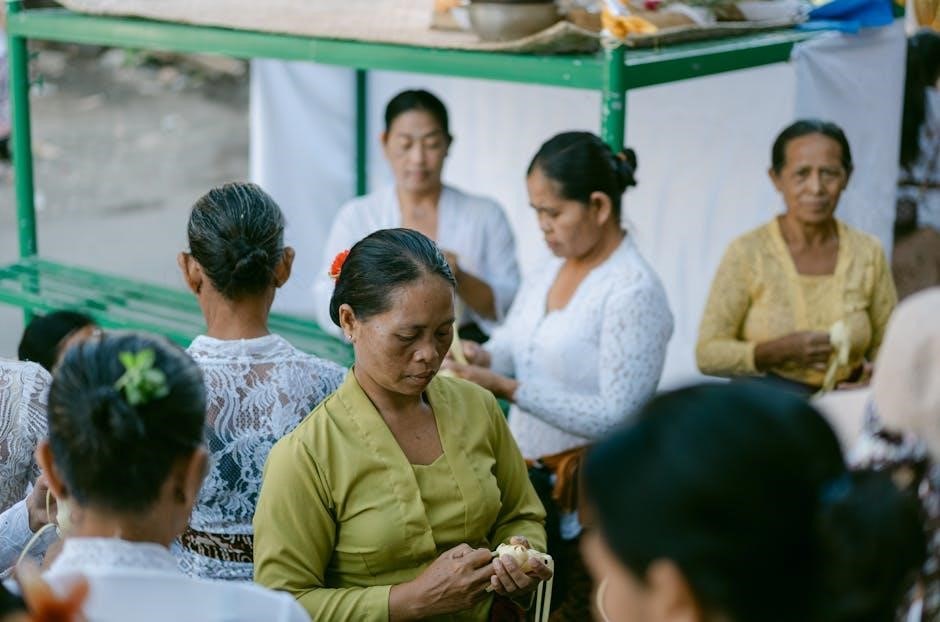The 3rd Degree Masonic Ritual‚ or Master Mason Degree‚ is the highest level in Blue Lodge Freemasonry‚ emphasizing the symbolic death and rebirth of a Master Mason. It explores themes of mortality‚ morality‚ and intellectual enlightenment‚ culminating in the legend of Hiram Abiff. This profound ceremony signifies the pinnacle of a Mason’s journey‚ preparing them for deeper philosophical and spiritual understanding within the fraternity.
Overview of the Master Mason Degree
The Master Mason Degree‚ or Third Degree‚ is the apex of the Blue Lodge in Freemasonry‚ marking the culmination of a candidate’s journey through the Craft degrees; This degree is deeply symbolic‚ focusing on the legend of Hiram Abiff‚ the master builder of King Solomon’s Temple. The ritual explores themes of mortality‚ morality‚ and the pursuit of truth‚ culminating in the candidate’s symbolic “raising” as a Master Mason. It emphasizes the importance of responsibility‚ integrity‚ and self-reflection. The ceremony is rich in allegory and philosophical teachings‚ designed to inspire personal growth and a deeper understanding of Masonic principles. This degree is considered the most profound and transformative in the Masonic experience.
Historical Background of the 3rd Degree Ritual
The 3rd Degree ritual traces its origins to medieval Masonry‚ drawing on the legend of Hiram Abiff‚ a master builder of King Solomon’s Temple‚ symbolizing death and rebirth.
The Evolution of the Master Mason Ceremony
The Master Mason ceremony has evolved significantly from its medieval roots in operative Masonry. Originally tied to the practical skills of stonemasons‚ the ritual gradually incorporated symbolic and moral lessons. Over centuries‚ the legend of Hiram Abiff became central‚ emphasizing themes of loyalty‚ betrayal‚ and resurrection. The modern ceremony reflects a shift from operative to speculative Masonry‚ blending historical narratives with philosophical teachings. Despite variations across lodges‚ the core elements—death‚ discovery‚ and raising—remain consistent‚ symbolizing the initiate’s spiritual rebirth. Historical influences‚ such as the Enlightenment‚ have shaped its emphasis on reason and self-improvement‚ making the 3rd Degree a cornerstone of Masonic philosophy and personal transformation.
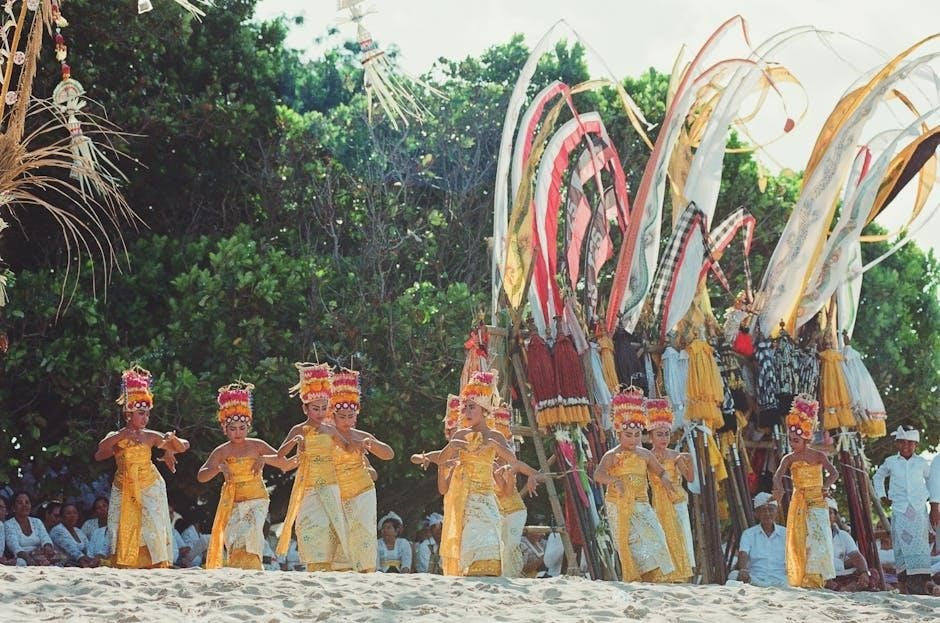
Structure of the 3rd Degree Masonic Ritual
The 3rd Degree Masonic Ritual consists of preparation‚ opening the lodge‚ the symbolic raising of the Master Mason‚ and the closing ceremony‚ emphasizing moral and philosophical lessons.
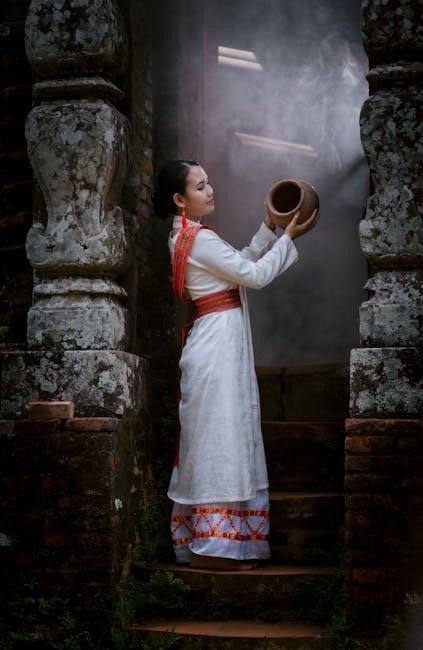
Preparation and Opening of the Lodge
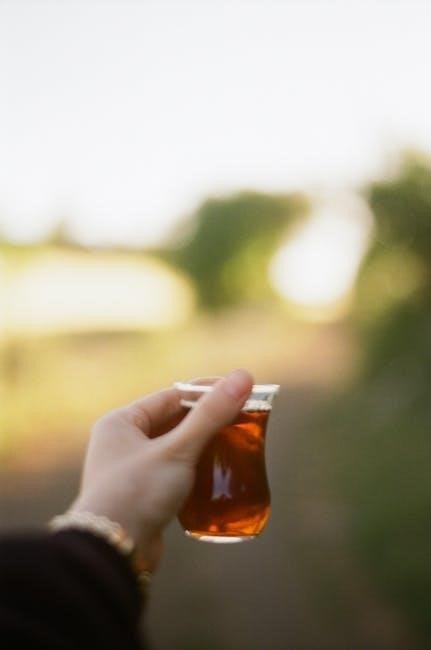
The preparation for the 3rd Degree Masonic Ritual involves a tiled lodge‚ ensuring privacy and solemnity. The Senior Warden and Worshipful Master play key roles in opening the lodge on the Master Mason degree. Exemplars and acting Masters are appointed for each obligation‚ reflecting the ritual’s gravity. The lodge room is dimly lit‚ symbolizing darkness and the journey toward enlightenment. Officers assume their stations‚ and the ceremonial tools‚ such as the square and compasses‚ are displayed. The opening prayer sets a reverent tone‚ and the lodge is formally declared open for the raising of the Master Mason. This structured preparation ensures the ritual’s dignity and significance are upheld.
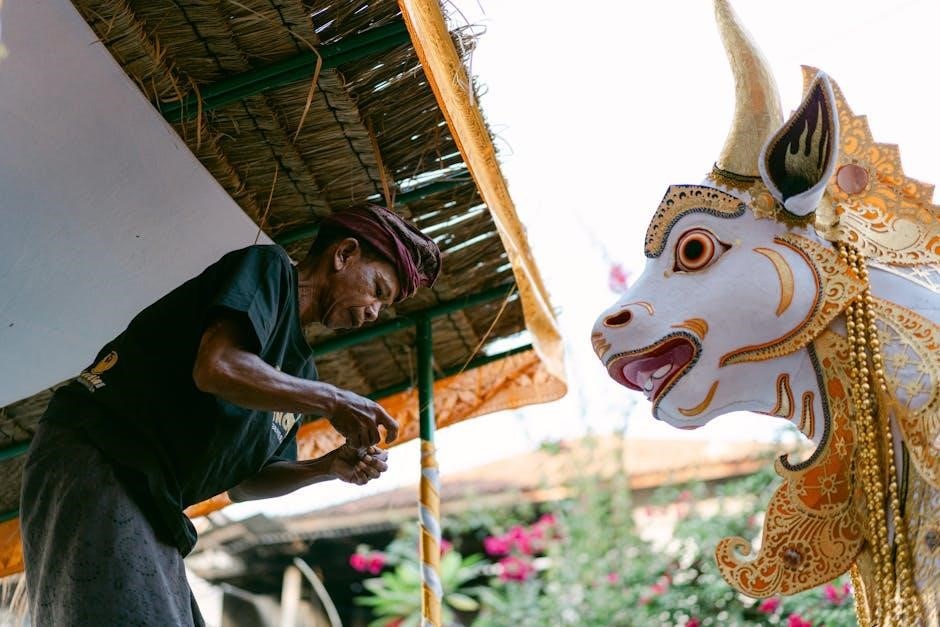
The Main Ceremony of the 3rd Degree
The 3rd Degree ceremony reenacts the legend of Hiram Abiff‚ symbolizing the death of ignorance and rebirth into wisdom. It involves dramatic rituals‚ revealing Masonic truths.
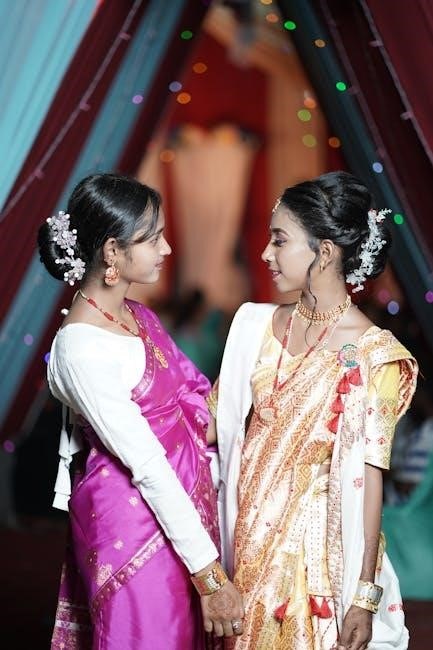
The Raising of the Master Mason
The Raising of the Master Mason is a pivotal moment in the 3rd Degree ritual‚ symbolizing the candidate’s spiritual rebirth and enlightenment. It reenacts the legend of Hiram Abiff‚ emphasizing the triumph of virtue over adversity. The ceremony involves dramatic representations of death and resurrection‚ underscoring themes of morality and eternal life. The candidate is “raised” from a symbolic grave‚ signifying their emergence into a higher state of Masonic understanding. This act is performed in a lodge opened on the third degree‚ with Master Masons guiding the process. The raising ceremony is deeply symbolic‚ reinforcing the principles of brotherly love‚ relief‚ and truth central to Freemasonry.
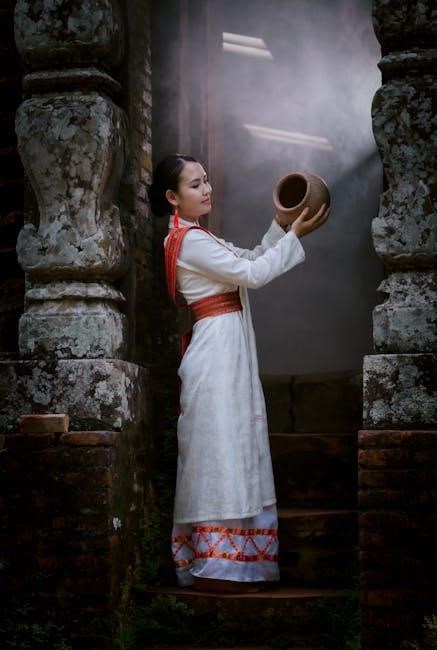
Symbolism and Key Elements of the Ritual
The 3rd Degree ritual is rich in symbolism‚ with the legend of Hiram Abiff at its core‚ representing the struggle between good and evil. The five Orders of Architecture symbolize the progression of human knowledge and virtue. The Grave and the Sprig of Acacia emphasize mortality and the promise of eternal life. The 47th Proposition of Euclid‚ or the 3-4-5 triangle‚ signifies balance and harmony. These elements collectively convey moral and philosophical truths‚ reinforcing the principles of Freemasonry. The ritual’s dramatic enactment serves as a powerful tool for spiritual reflection and personal transformation‚ guiding the candidate toward a deeper understanding of brotherly love‚ relief‚ and truth.
Significance of the 3rd Degree in Freemasonry
The 3rd Degree represents the pinnacle of Blue Lodge Freemasonry‚ symbolizing the triumph of virtue over vice and the attainment of spiritual enlightenment through its profound rituals and teachings.
Spiritual and Philosophical Aspects of the Ritual
The 3rd Degree Masonic Ritual delves deeply into spiritual and philosophical themes‚ emphasizing the journey of self-discovery and enlightenment. It explores the duality of life and death‚ symbolized through the legend of Hiram Abiff‚ teaching the importance of virtue‚ morality‚ and the eternal soul. The ceremony encourages Masons to reflect on their mortality‚ striving for spiritual growth and a deeper connection with the divine. Philosophically‚ it underscores the pursuit of truth‚ wisdom‚ and the harmony of opposites‚ guiding members to embrace their higher nature and contribute to the betterment of humanity. This ritual serves as a transformative experience‚ fostering personal and spiritual evolution.
Benefits and Challenges of the 3rd Degree
The 3rd Degree offers profound spiritual growth and brotherhood but requires emotional resilience. The ritual’s intensity and symbolic themes can be challenging‚ yet transformative for committed Masons.
Personal Growth and Responsibility
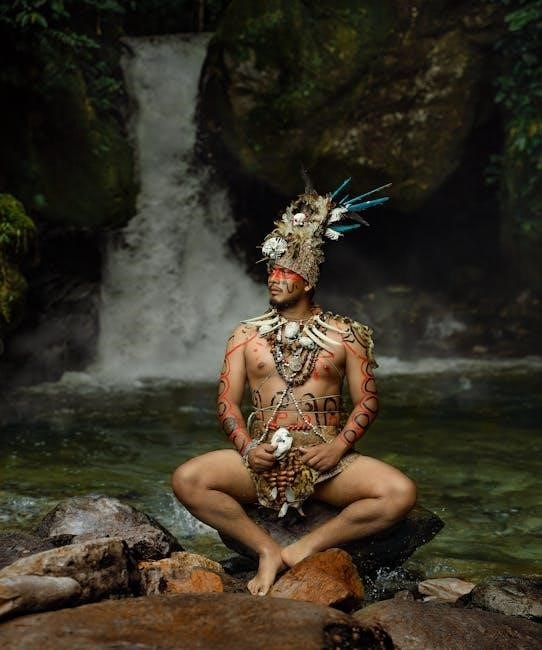
The 3rd Degree Masonic Ritual fosters profound personal growth by emphasizing moral principles‚ self-reflection‚ and accountability. Masons are encouraged to embrace their responsibilities‚ both within the fraternity and in society‚ by adhering to the values of integrity and compassion. The ritual’s transformative nature inspires individuals to strive for continuous improvement‚ fostering a deeper sense of purpose and ethical conduct. By embodying the lessons of the Master Mason degree‚ participants become more mindful of their actions and their impact on others. This journey of self-discovery and moral development equips Masons to contribute meaningfully to their communities‚ upholding the fraternity’s ideals of brotherly love and service to humanity.
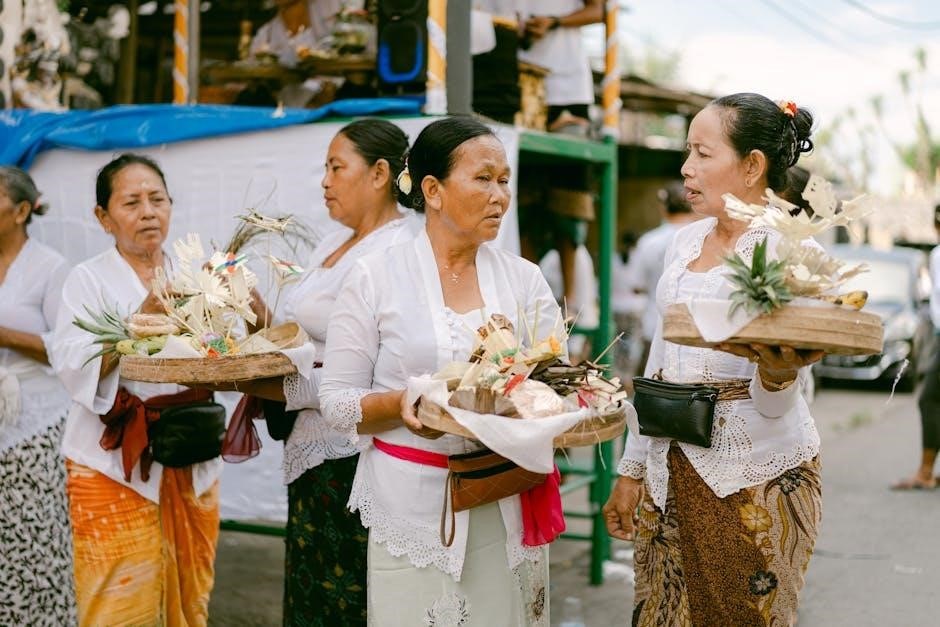
Accessing the 3rd Degree Masonic Ritual
The 3rd Degree Masonic Ritual is available as a PDF download from trusted platforms‚ offering insights into its symbolism and ceremonies for educational purposes.
PDF Resources and Reliable Platforms
Several reliable platforms offer PDF resources for the 3rd Degree Masonic Ritual‚ providing detailed insights into its ceremonies and symbolism. Educational Lodge 1002 and similar organizations publish comprehensive guides‚ ensuring authenticity and depth. These materials are invaluable for Masonic education‚ offering a deeper understanding of the Master Mason Degree. However‚ it is essential to access these resources through reputable Masonic websites or lodges to maintain the integrity and confidentiality of the rituals. These PDFs are widely recognized for their accuracy and are often recommended by Masonic scholars and practitioners alike.
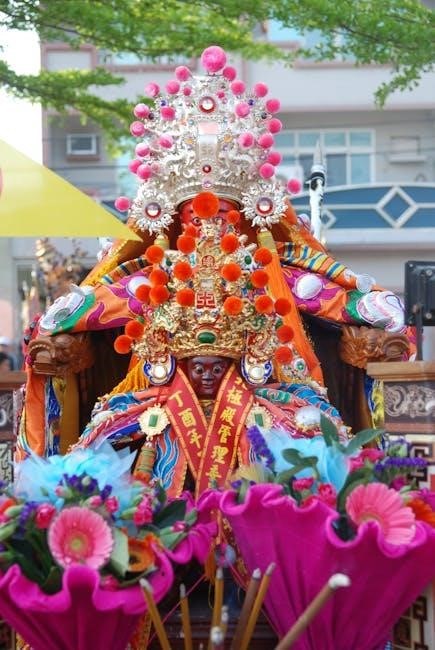
Post-Ceremony Expectations
Following the 3rd Degree Ritual‚ Master Masons are expected to deepen their Masonic involvement‚ engage in continuous learning‚ and uphold the fraternity’s principles. They are encouraged to actively participate in lodge activities‚ mentor newer members‚ and contribute to community service‚ embodying the values of Freemasonry. This marks the beginning of a lifelong commitment to personal growth and service‚ guided by the teachings of the Master Mason Degree.
Continuing Education and Masonic Involvement
After attaining the 3rd Degree‚ Masons are encouraged to pursue further education within Freemasonry‚ exploring its rich history‚ symbolism‚ and philosophical teachings. This involves active participation in lodge meetings‚ attending workshops‚ and engaging with Masonic literature. Many resources‚ including PDF guides and online platforms‚ offer detailed insights into the rituals and principles of the craft. Additionally‚ Master Masons are expected to mentor newer members‚ fostering a sense of brotherhood and continuity. By deepening their understanding and involvement‚ they contribute to the fraternity’s growth and uphold its timeless values‚ ensuring the legacy of Freemasonry endures for future generations.
The 3rd Degree Masonic Ritual is the pinnacle of a Mason’s journey‚ symbolizing transformation‚ wisdom‚ and eternal truths‚ leaving a lasting impact on their spiritual and philosophical path.
Final Thoughts on the 3rd Degree Ritual
The 3rd Degree Masonic Ritual is a profound and transformative experience‚ marking the pinnacle of a Mason’s journey in Blue Lodge Freemasonry. It encapsulates the fraternity’s core values of brotherly love‚ moral integrity‚ and spiritual growth. The ceremony’s dramatic reenactment of Hiram Abiff’s story serves as a powerful allegory for resilience‚ sacrifice‚ and the pursuit of truth. Through this ritual‚ Master Masons are reminded of their eternal obligations to humanity and the divine. The teachings of the 3rd Degree continue to inspire personal reflection and communal harmony‚ leaving a lasting legacy in the hearts of those who experience it. Its sublime message remains timeless‚ guiding Masons toward enlightenment and service.
